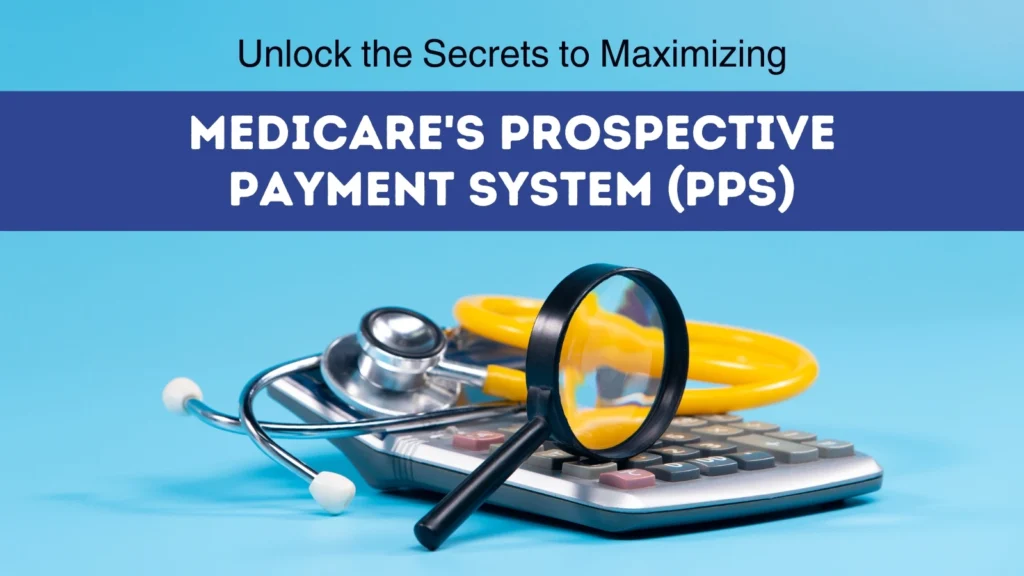Unlock the Secrets to Maximizing Medicare’s Prospective Payment System (PPS)
Amidst the ever-growing costs of healthcare, the prospective payment system (PPS) has emerged as a vital tool for the government’s mission to expand coverage. This innovative methodology reshapes the incentives of providers, ensuring efficient and effective patient care.
But what exactly is PPS and how does it operate? In essence, this system promotes the delivery of necessary services without unnecessary treatments. As a result, providers are encouraged to adopt management practices that prioritize accurate diagnosis and treatment.
Unlike traditional fee-for-service payment models, PPS provides a fixed amount of reimbursement, eliminating the temptation for excessive treatment sessions. This amount is determined by a classification system, such as diagnosing and treating inpatients in hospitals.

PPS is utilized by the Centers for Medicare Services (CMS) to reimburse a variety of healthcare facilities, including home health agencies, hospitals, rehab centers, and more. Detailed information on PPS can be found on the CMS website.
Aside from code-based reimbursement, PPS also offers other benefits. By incentivizing precise billing and coding, it fosters network development, medical management, and contracting.
One of the most significant advantages of PPS is its ability to provide a single payment for a patient’s entire hospital stay, rather than charging per procedure or test. This streamlines the payment process and eliminates unnecessary costs.
The Medicare PPS offers three types of payment methods – per diem, per stay, and per episode of 60 days – all based on the patient’s assessment classification. It applies to all facilities providing inpatient care, ensuring that treatments and tests are only utilized when medically necessary.
However, there are exclusions, exemptions, and adjustments to the PPS that hospitals participating in Medicare must be aware of. These details can also be found on the CMS website.
Unlike fee-for-service plans that reward providers based on the volume of care provided, PPS takes into account multiple factors, such as location and diagnosis, when determining payment amounts. This shift towards value-based care standards aims to improve productivity, emphasize quality over quantity, and incentivize superior care.
PPS utilizes various tools, such as DRGs, hospices, and inpatient psychiatric facilities, to determine payment adjustments. These may include geographic variations in wages, disproportionate share adjustments, and more. Through cutting-edge technology, healthcare providers strive to optimize these standards and deliver top-notch care.
CMSPricer’s prospective payment system has helped countless providers achieve their goals, utilizing a state-of-the-art SaaS-based Medicare Self-Service Solution for repricing. So why wait? Take advantage of PPS now and unlock the potential for improved patient care and financial success.
